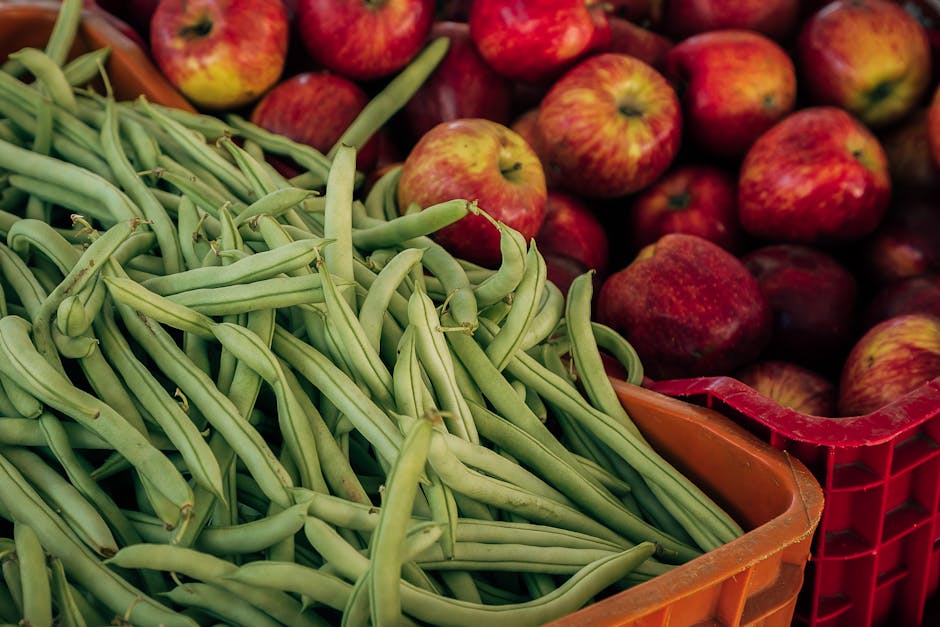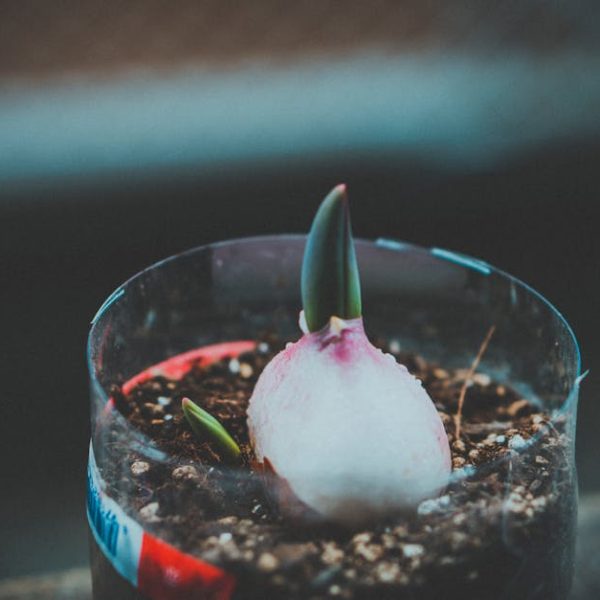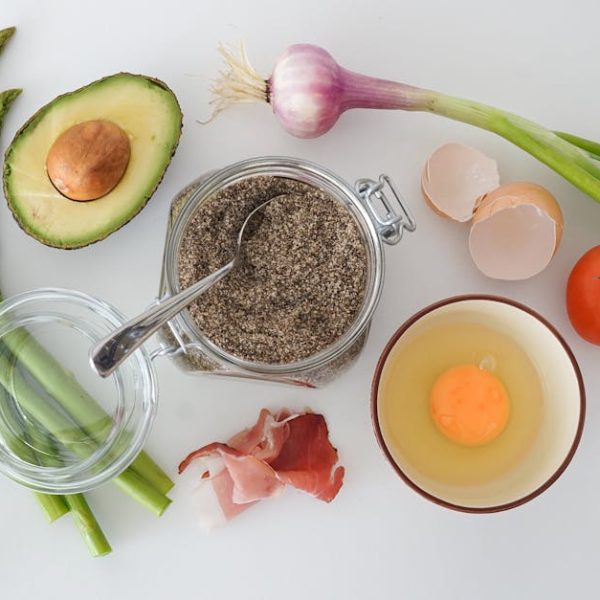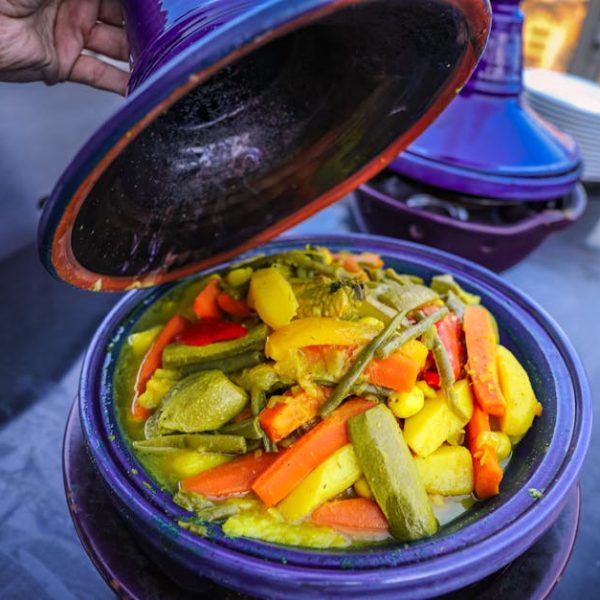Green beans, with their bright, alluring color and crisp, refreshing taste, are a favorite amongst many gardeners and food lovers. They bring not only vibrant aesthetic appeal to our plates but also a wealth of nutritional benefits. As delightful as these veggies are, their freshness can be fleeting if not properly preserved. So, how can we ensure our green beans stay fresh for as long as possible? Let’s discuss.
Understanding the Basics of Green Beans Freshness
The clock starts ticking the moment green beans are harvested. As with many fruits and vegetables, the fresher they are, the better the flavor and nutrition. The freshness of green beans typically tends to last between one to two weeks—if properly stored. Proper storage can cross this limit and keep your green beans in prime condition, ready to lend their crisp punch to your meals.
When assessing green beans for freshness, keep an eye out for discoloration, softness, and a particularly odd smell as these are all signs of inevitable spoilage. Don’t ignore these warning signs! Fresh green beans should retain a vibrant green color, firm texture, and neutral smell.
Properly Storing Green Beans in the Refrigerator
Your refrigerator is your green beans best ally when combatting the forces of time. A consistently cool temperature can effectively slow down the natural degradation process, expanding the lifespan of your beans.
A prevalent misconception is that green beans require washing before storage. This is fallacy. Washing accelerates spoilage by fostering an excess of moisture. To extend their freshness, store your green beans unwashed in a perforated plastic bag, allowing the beans to breathe, and place the bag in the vegetable drawer of your refrigerator.
When storing green beans in the refrigerator, remember these pro tips:
- Don’t wash before storage to avoid excess moisture.
- Use a high-quality storage bag with perforations.
- Store in the vegetable drawer, leveraging the benefits of a consistent and cool temperature.
Preserving Freshness with The Use of Freezing Techniques
Refrigerator storage can provide an ample extension of freshness, but freezing can eclipse this—the secret lies in the power of blanching. This simple method of boiling and then cooling vegetables rapidly can considerably prolong their life, preserving texture, color, and flavor for months.
The blanching process involves briefly immersing the green beans in boiling water and then swiftly transferring them to ice-cold water to halt the cooking process. After blanching, lay them out to dry before bagging and freezing.
When freezing your green beans, pay heed to the following practices:
- Blanch beans before freezing, don’t freeze them raw.
- Dry the beans thoroughly before packing them into the freezer bags.
- Make sure to expel as much air as possible from the storage bag before sealing, as air can contribute to freezer burn.
Extending Freshness through Canning and Pickling
While refrigeration and freezing are excellent ways to extend the lifespan of your green beans, canning and pickling offer an even more lengthened timeline. This process allows the green beans to last for months, or even years, while still preserving their rich nutritional content.
Canning and pickling follow a relatively straightforward procedure—clean the green beans thoroughly, snap off the ends, and place them right in the jars. Then pour in boiling hot pickling juice or plain water for canning. Once the beans and liquid cool, secure the lids on your container and store them in a cool, dark place.
However, there are pros and cons to consider when canning and pickling. On the positive side, the process stores your beans for an extended period, and they are ready to eat right out of the jar. On the flip side, it’s more time-consuming and requires a careful process to ensure safe storage.
Maintaining Freshness with Dehydration and Drying
Similar to canned and pickled beans, dehydrated green beans also keep their nutrient value and can last for quite an extended period. The process involves drying the green beans slowly to remove their moisture, which makes them compact and convenient to store.
Here’s how you can prepare, dehydrate, and store dried green beans:
- Clean the green beans thoroughly and snap off the ends.
- Arrange the beans on a dehydrator tray, making sure they don’t overlap.
- Dehydrate at approximately 125°F (52°C) for 8-10 hours, until the beans are dry yet pliable.
- Store in an airtight container and keep in a cool, dark place.
Should the beans not dry as expected, simply rehydrate them with water before cooking.
Buying and Selecting Green Beans Wisely
High-quality green beans last longer and taste better, so it pays to be a discerning buyer. Look for beans that are vibrant, firm, and free from visible blemishes or discoloration. They should also snap easily when bent—the hallmark sign of a truly fresh bean.
Here are some markers and warning signs of green bean freshness:
- Vibrant and uniform color.
- Firm yet pliable; snaps when bent.
- Free from visible blemishes or discoloration.
- A fresh, vegetal smell.
Also, remember to buy and consume green beans in moderation—buy only what you can efficiently store and consume before their freshness starts diminishing. In this way, you’ll ensure that your green beans are always at their flavorful best in all your dishes.
Key Takeaway:
- Green beans, with proper storage and tactics, can remain fresh and nutritionally valuable for extended periods.
- Refrigeration, without washing the beans ahead of time, proves effective for short-term storage.
- Blanching and freezing technique can preserve beans for months, retaining their color, texture, and flavor.
- Canning and pickling offer a longer shelf life, as does the process of dehydration and drying.
- Choosing high-quality beans at the point of purchase is pivotal for ensuring prolonged freshness.
Preserving the freshness of your green beans isn’t a task impossible. With mindful purchasing, careful storage and strong preservation strategies, you can enjoy the nutritional benefits and delicious flavor of green beans for extended periods. Remember, the joy of a meal is not only in its taste, but also in the freshness and quality of its ingredients.
FAQs
Q: Can I preserve the freshness of green beans without refrigeration?
A: Absolutely. While refrigeration is a great way to preserve green beans, you can also use methods like freezing, canning, pickling, or dehydration, which do not always necessitate the use of refrigeration.
Q: Why is it recommended not to wash green beans before storing them in the refrigerator?
A: Washing green beans before storage can cause excess moisture which can expedite the spoilage process. It’s best to wash them just before you plan on using them.
Q: What is the significance of blanching in the process of freezing green beans?
A: Blanching, a process of briefly boiling and then rapidly cooling the beans, is crucial in freezing because it effectively extends their shelf life, and preserves their color, flavor, and texture.
Q: Does the nutritional value diminish with preservation methods like canning and dehydration?
A: When done properly, canning, pickling, and dehydration methods preserve most nutritional values. The nutrient content slightly changes, but generally, these preserved beans remain healthy.
Q: What are the key factors to consider while buying green beans?
A: When purchasing green beans, choose those that have a vibrant color, firm yet pliable texture, no visible blemishes or discoloration, and a fresh odor. These markers often indicate the prime freshness of the green beans.
We hope you found these tips handy! Don’t forget to share this article with fellow green bean lovers and explore more posts on our website for other great insights.






